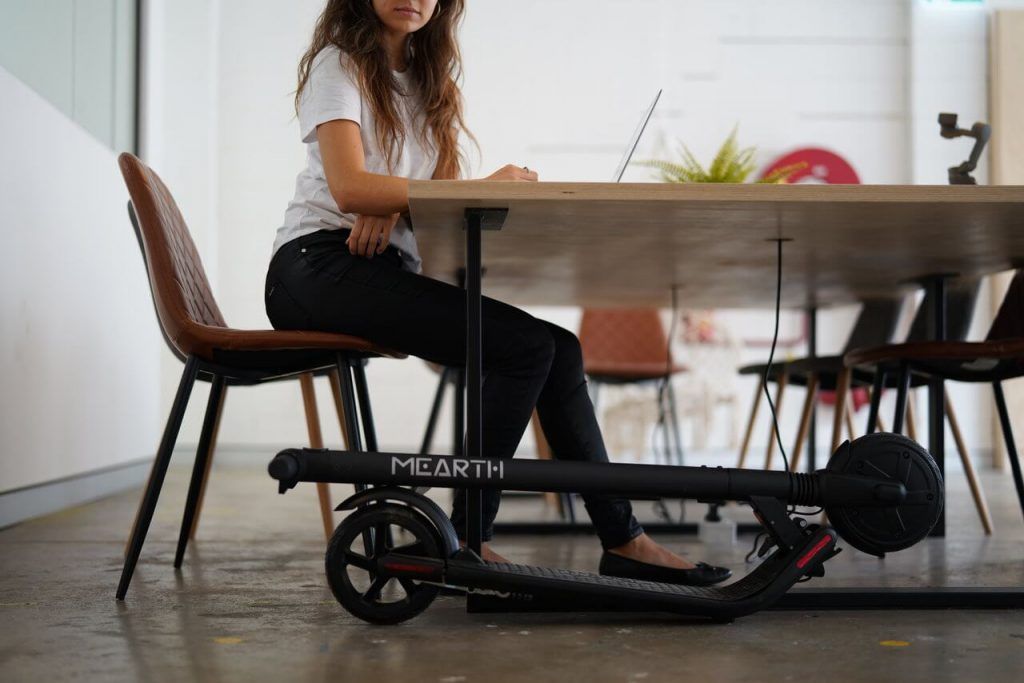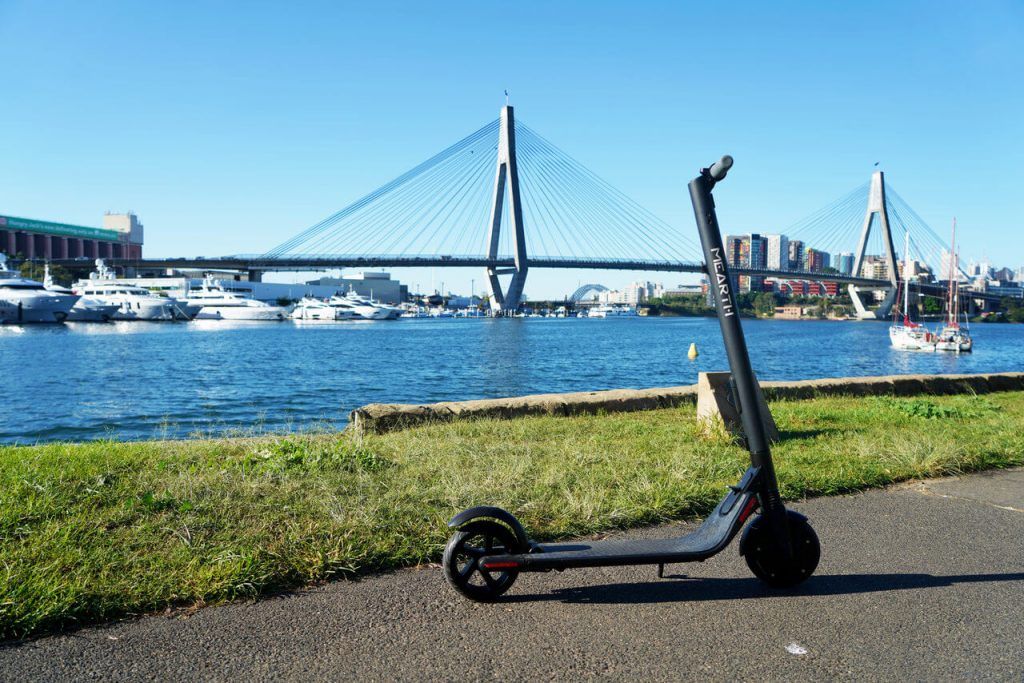Brakes are the most important safety feature in a portable electric scooter. Electric scooters have a braking system with 2-3 types placed in the rear and the front wheel. The brakes on an electric scooter are similar to what’s used in cars and bikes, but their performance is different than what you would expect in those vehicles. Find out what’s available in the market and which brakes are worth investing in.
There are two main types of electric scooter brakes – electric and mechanical.
Mechanical Brakes:
Disc
A metal disc called a rotor is attached to the electric scooter’s wheel. When you squeeze the handbrake, it activates the caliper, which pinches the rotor with brake pads. This causes friction and slows down the wheel.
Disc brakes have three kinds:
- Cable-controlled disc brakes – the most common type of disc brake. A brake cable is connected to the caliper. Pulling the handbrake shortens the brake cable and engages the caliper, which causes the brake pads to pinch the rotor.
- Hydraulic brakes – fluid-filled lines are connected to brake calipers. The increased pressure in the hydraulic lines activates the calipers, which causes the piston to pinch the rotor.
- Semi-hydraulic brakes – similar to hydraulic brakes but uses a cable. The cable runs from the brake lever to the caliper, which moves the hydraulic piston.
Pros:
Cons:
Drum
It’s fully enclosed inside the hub of the wheel and works similarly to the disc brake. The piston pushes the pads outward against the drum, which causes friction that slows down the wheel.
Pros:
Cons
Electric Brakes
Regenerative (or eABS)
When you push the button, the electric circuits cut the power from the motor. The kinetic energy and momentum make the wheel turn the motors, which also work as generators and charge up the battery.
Electronic
Works the same as regenerative brakes except it does not recharge the battery.
Pros
Cons
Foot Brake
Foot brakes are neither mechanical nor electronic brakes. They serve as an additional type of brake, which is simply a hinged fender that you push down with your foot to stop the wheel.
Pros
Cons
Which portable electric scooter brakes should I choose?
The type of brakes you get is highly dependent on the price. Manufacturers offer a combination of brakes at every price range. To be fair, this is not just because of the cost. The more expensive the electric scooter, the more power, speed and acceleration, you get. This requires better brakes to ensure the safety of the rider.
These are the typical braking systems you’ll see in the market:
Based on our tests, disc brakes are the most effective. However, keep in mind that the quality of the components – regardless of what kind of brake you have – can affect the overall performance.
If you’re on a budget, make sure that you get a disc brake paired with your regenerative brake. This ensures that you have independent brakes on both wheels. Even if electric scooter laws limit you at 25 km/h, this is still significantly fast and could lead to injury if you’re not careful.
The braking distance of a portable electric scooter varies from 10-20 feet. This makes it challenging for commuting when you’re sharing footpaths with pedestrians. Before you buy an electric scooter from any electric scooter startup or brand make sure to test drive and look at performance tests.




Leave a comment
This site is protected by hCaptcha and the hCaptcha Privacy Policy and Terms of Service apply.